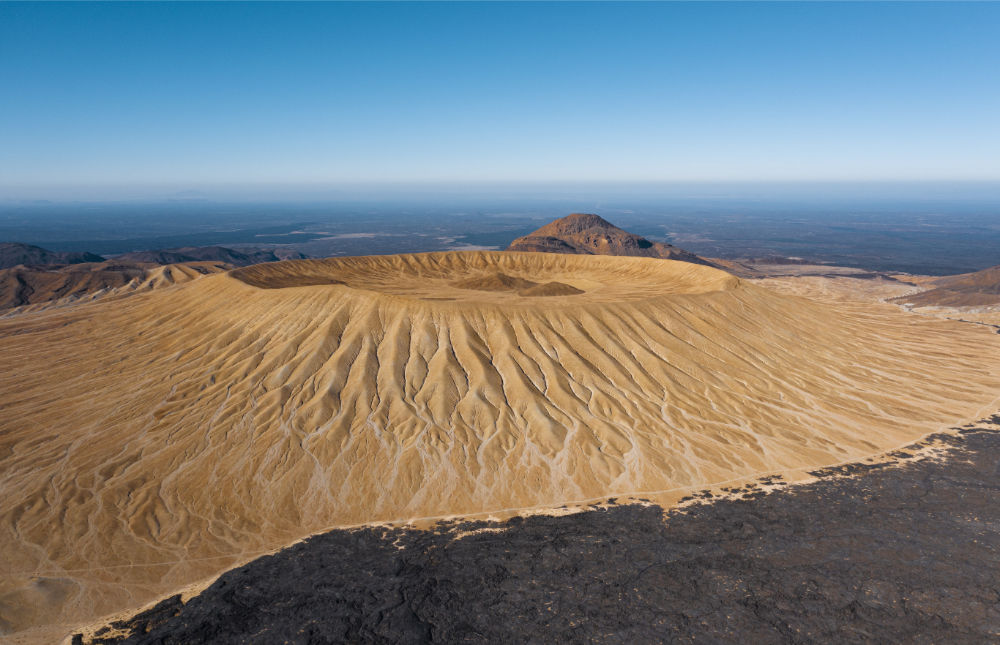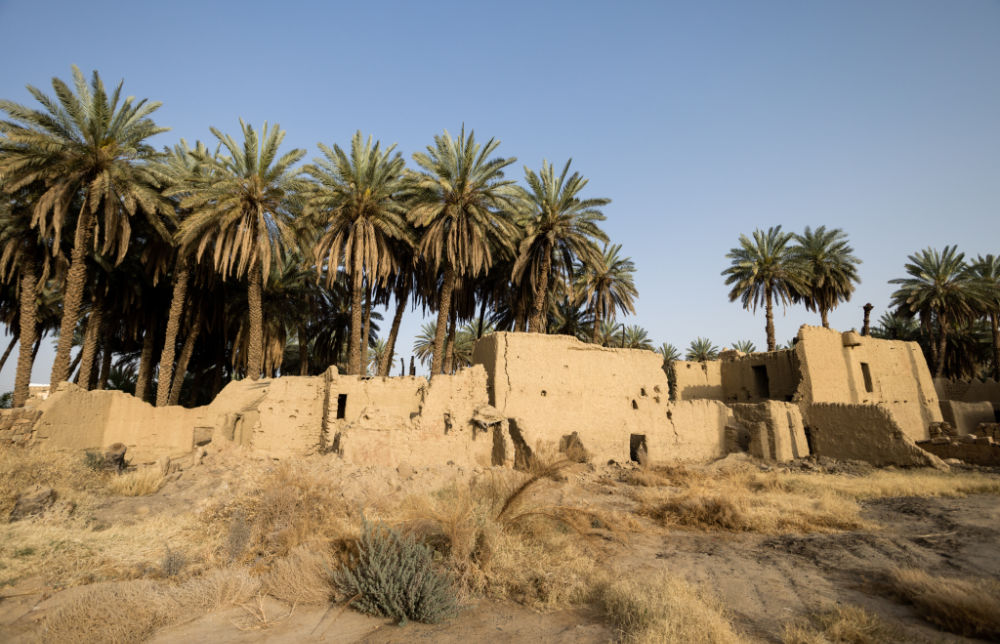RIYADH: Visitors will gain a new perspective on the past when three of Saudi Arabia’s ancient oases are linked in a series of immersive experiences as part of a new festival launched by AlUla Moments.
The Ancient Kingdoms Festival, which starts on Nov. 11, will connect AlUla with the ancient cities of Khaybar and Tayma, forming a triad that spans millennia, presented to visitors through tailor-made excursions.
Excursions will highlight the unique character of each site through after-dark light shows and carriage rides at dawn, as well as hot-air balloon and helicopter flights over monumental prehistoric architecture, culinary pop-ups, historical re-enactments and guided trails.

Ancient Saudi Arabia’s Festival will link three oases together for the first time: Al-Ula, Khaybar, and Tayma. (Supplied)
Once a key location on the incense trade route used by Nabateans and their kings, Tayma is today an archaeological treasure trove, with discoveries continuing to reveal the legacy of successive civilizations, including the largest well in the Arabian Peninsula.
Khaybar was known as a market town and for its surrounding white and black volcanos, as well as the mysterious prehistoric stone structures in the shape of kites, keyholes and rectangles.
HIGHLIGHT
The Ancient Kingdoms Festival, which starts on Nov. 11, will connect AlUla with the ancient cities of Khaybar and Tayma, forming a triad that spans millennia, presented to visitors through tailor-made excursions.
AlUla activities and experiences will include horse-carriage rides and after-dark tours of tombs and the UNESCO World Heritage site Hegra.
With the expert-led excavation season already underway at Dadan, the ancient city will offer young explorers a chance to join in as part of the “Apprentice Archaeologist” program designed to encourage future generations of heritage guardians.

Ancient Saudi Arabia’s Festival will link three oases together for the first time: Al-Ula, Khaybar, and Tayma. (Supplied)
AlUla will also offer a journey through Jabal Ikmah after dark, along candle-lit pathways that illuminate the remnants of ancient civilizations and their religious rituals recorded on the rock face of the whispering canyon. The site will also offer family-friendly workshops at the Ancient Inscriptions Academy.
At Tayma, visitors will get the first glimpse of the Land of Kings, a legendary oasis home to the Ancient Temple of Salm, and Bir Haddaj, which is a well believed to have been built by the last Babylonian King Nabonidus.
Tayma will offer visitors a chance to experience the old marketplace at Suq Al-Najm Oasis, and Qasr Ibn Rumman, an atmospheric example of Arabian architecture, with an audio guide and an immersive show after dark.

Ancient Saudi Arabia’s Festival will link three oases together for the first time: Al-Ula, Khaybar, and Tayma. (Supplied)
Khaybar will be revealed through tethered hot-air balloon rides and helicopter excursions to give a bird’s-eye view of its landscape that is home to the luxurious Khaybar Camp, near the Harrat Khaybar volcanic site.
Al-Rawan, also in Khaybar, is another vantage point interlinking the oases and the first point of entry to exploring the area through adventure trails.
Visitors eager for a first glimpse of Tayma and Khaybar, which are two and three hours away from AlUla, respectively, can do so by self-drive, bus or luxury/VIP car service moving between the sites, or they can “Ride with a Rawi”: a journey escorted by local Rawi storytellers who will share their local knowledge.


































